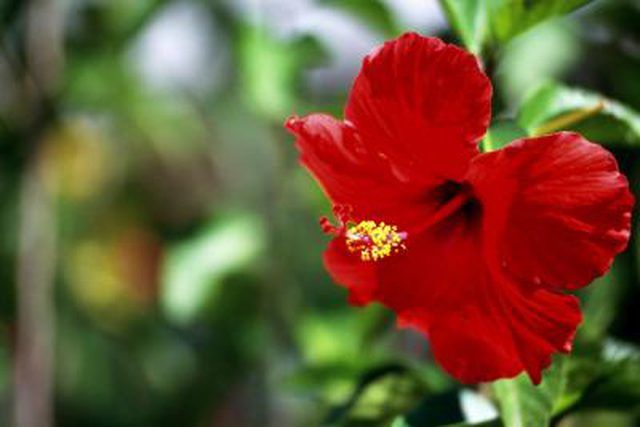Bulbs
Flower Basics
Flower Beds & Specialty Gardens
Flower Garden
Garden Furniture
Garden Gnomes
Garden Seeds
Garden Sheds
Garden Statues
Garden Tools & Supplies
Gardening Basics
Green & Organic
Groundcovers & Vines
Growing Annuals
Growing Basil
Growing Beans
Growing Berries
Growing Blueberries
Growing Cactus
Growing Corn
Growing Cotton
Growing Edibles
Growing Flowers
Growing Garlic
Growing Grapes
Growing Grass
Growing Herbs
Growing Jasmine
Growing Mint
Growing Mushrooms
Orchids
Growing Peanuts
Growing Perennials
Growing Plants
Growing Rosemary
Growing Roses
Growing Strawberries
Growing Sunflowers
Growing Thyme
Growing Tomatoes
Growing Tulips
Growing Vegetables
Herb Basics
Herb Garden
Indoor Growing
Landscaping Basics
Landscaping Patios
Landscaping Plants
Landscaping Shrubs
Landscaping Trees
Landscaping Walks & Pathways
Lawn Basics
Lawn Maintenance
Lawn Mowers
Lawn Ornaments
Lawn Planting
Lawn Tools
Outdoor Growing
Overall Landscape Planning
Pests, Weeds & Problems
Plant Basics
Rock Garden
Rose Garden
Shrubs
Soil
Specialty Gardens
Trees
Vegetable Garden
Yard Maintenance
How Do I Tell If the Hibiscus Bush I Just Bought Is Perennial or Tropical?
How Do I Tell If the Hibiscus Bush I Just Bought Is Perennial or Tropical?. Perennial hibiscus plants are also called hardy hibiscus plants. The main difference between hardy and tropical versions of the plant are the temperature requirements. The tropical hibiscus requires a warm climate year-round. Whereas the hardy hibiscus can tolerate cold...

Perennial hibiscus plants are also called hardy hibiscus plants. The main difference between hardy and tropical versions of the plant are the temperature requirements. The tropical hibiscus requires a warm climate year-round. Whereas the hardy hibiscus can tolerate cold weather -- dying back to the ground during the winter months, and then shooting up again in the spring. Knowing the type of hibiscus plant you purchased allows you to care for it properly. If you live in a cold climate, expect to take extra measures to protect your new plant.
Inspect the leaves of your plant. Deep green leaves with a high gloss signify a tropical hibiscus. Heart-shaped, dull-colored leaves signify a hardy hibiscus.
Check the flower color of the plant. Hardy hibiscus flowers have red, pink or white flowers, according to the Tropical Hibiscus website. Tropical plants have bright salmon, peach, orange or yellow blooms.
Inspect the shape of the flower. The tropical variety has double flowers, while the hardy hibiscus has large buds in the center of its flowers, averaging about 2 to 4 inches in size.
Consider the current season and where you bought your hibiscus plant. If it's cold outside and you purchased the plant from an outdoor display, you have a hardy plant. The tropical hibiscus needs warm weather or a greenhouse environment to survive.